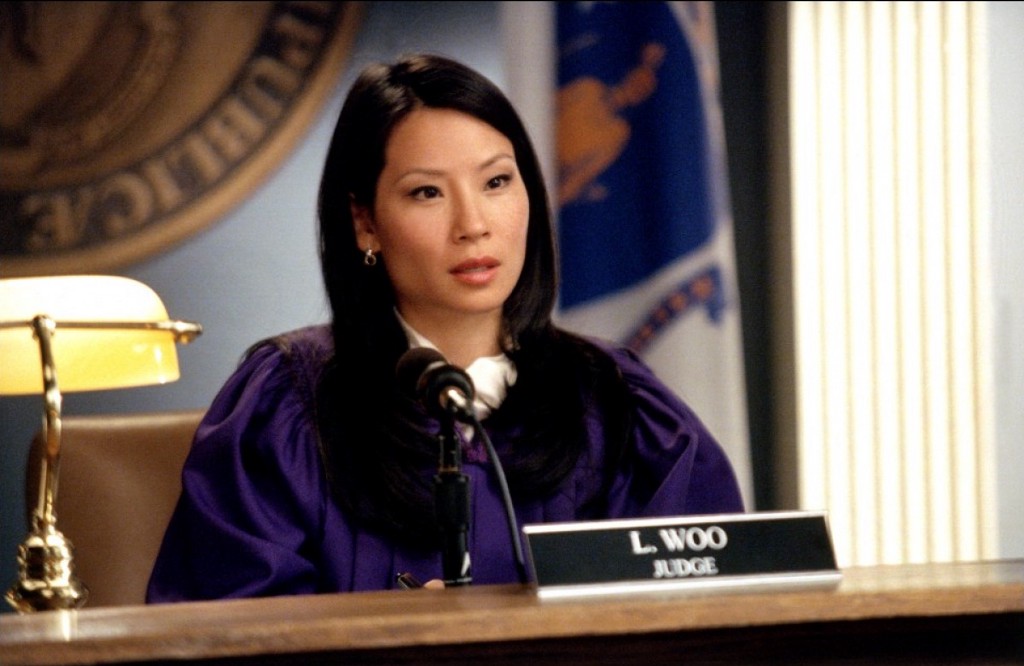Why Pharmacists Don’t See Much of a Wage Gap But Lawyers Do
Though this be madness, yet there is method in it

This is such an excellent Vox explainer, on the topic of the wage gap, that it has set a new standard for the genre.
The truth about the gender wage gap
In short: the key factor is the hours that need to be worked and whether they can be flexible. Pharmacists, scientists, and women in other low-wage-gap professions can structure their shifts such that working steadily from 9:00–5:00 every day matters less, so they see less of a penalty, on average, during their childbearing years. Lawyers, CEOs, MBAs and such generally can’t, so they see more of a penalty.
These conclusions are based on research by Harvard’s Claudia Goldin and dissected neatly — with cute and yet also helpful graphics! — by Sarah Kliff. She zeroes in on women in white coats.
The wage gap for pharmacists has shrunk significantly because the profession has changed.
In the 1970s, pharmacies were primarily independent and self-owned businesses. A single pharmacist might be responsible for keeping his or her shop open. The pharmacy would need to be open typical business hours; the owner would need to be available to do that.
Now large chains own most pharmacies. And while you might get nostalgic for the mom-and-pop shops, you should know this change has been undeniably good for female pharmacists’ earnings.
The majority of pharmacists are now women. And their wages have grown faster than those in other professional roles, like lawyers or doctors.Bigger pharmacies hired more pharmacists, and customers essentially saw the workers as interchangeable. Most patients don’t care about seeing a particular pharmacist — they just want to make sure they get the right medication.
This meant it wasn’t important to be around 9 am to 5 pm — a shift from 6 am to 2 pm would do the pharmacy just as much good. And nobody accrued higher hourly wages for working exceptionally long hours.
Can that change? Hopefully! Especially if more workplaces get over the silly, and now debunked, notion that MORE = BETTER when it comes to face-time and billable hours. The current system privileges men who have at-home wives and, to a lesser extent, women without dependents. The current system is also exhausting to everyone and actually not that effective.
Goldin’s research suggests that the best way to tackle the wage gap is by implementing policies that make all hours equally valuable — or at least taking steps in that direction.
This might mean moving away from the traditional schedules we’ve become used to, the 9-to-5 hours that became standard when most workers had a spouse at home to handle the emergencies of daily life.
It also means not giving disproportionate rewards to those willing to work the longest, either. Numerous studies find that long hours aren’t always productive. One study published last year found that managers couldn’t tell the difference between those who worked an 80-hour week and those who pretended to.
“The research is clear,” the Harvard Business Review declared last summer. “Long hours backfire for people and companies.”
Down with pointlessly long hours! Up with (more) equal pay and progress!
For more discussion on the wage gap, see / consider this:
Pay Up: A community dedicated to fostering conversations about the gender wage gap.
Support The Billfold
The Billfold continues to exist thanks to support from our readers. Help us continue to do our work by making a monthly pledge on Patreon or a one-time-only contribution through PayPal.
Comments